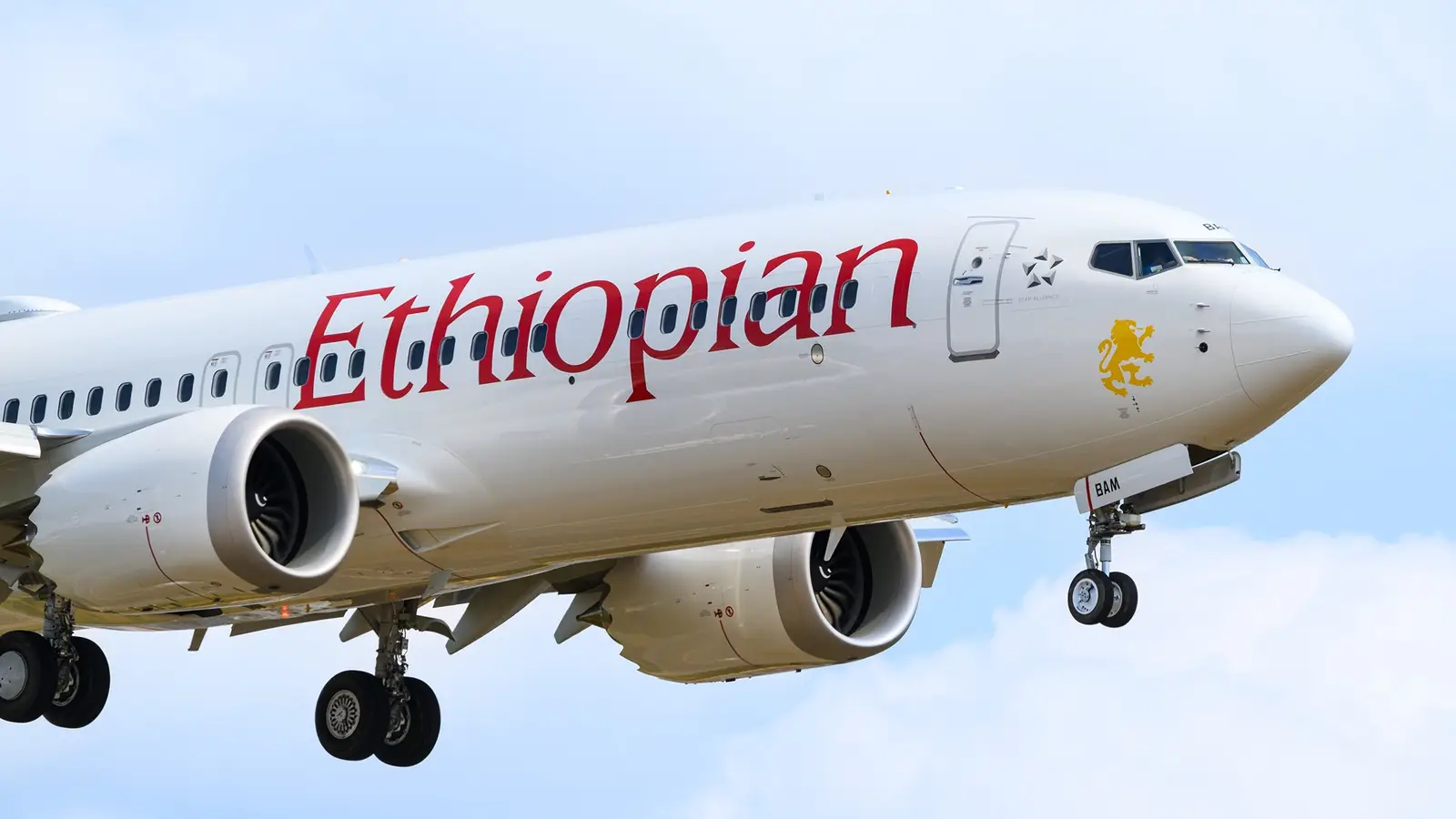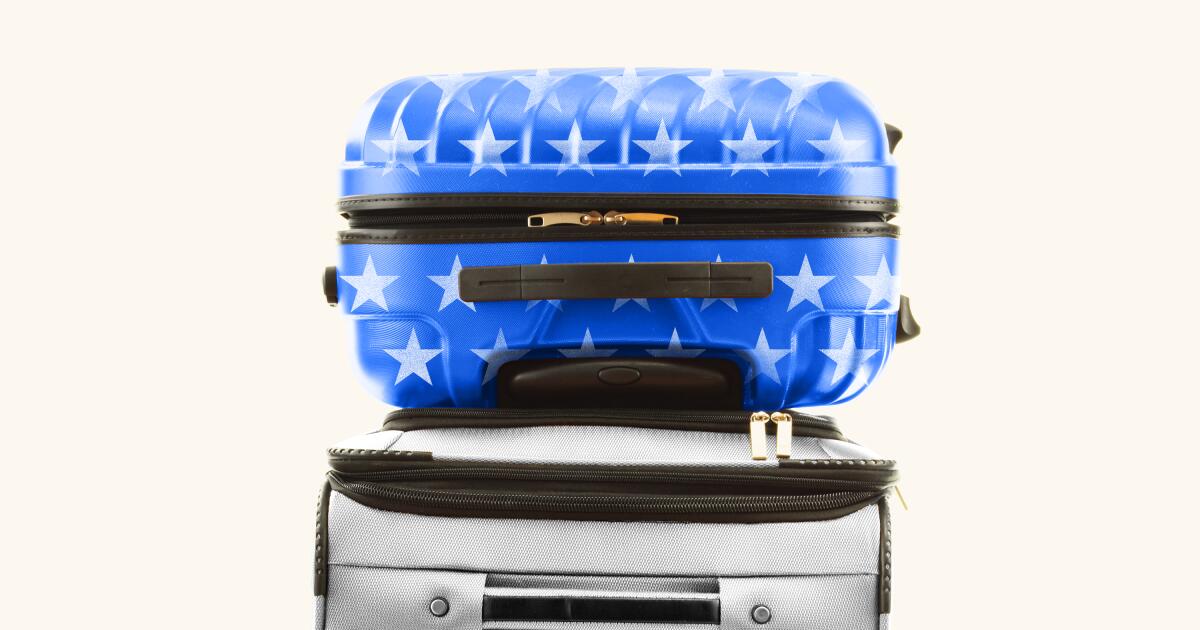
Some say pilots will no longer be needed in the near future as computers fully operate airplanes. This line of thinking’s main flaw is that it starts with a faulty assumption. Jetliners are indeed highly automated machines, but pilots are not merely on standby, only to act as a backup in case of emergencies. As many aviation professionals will say, the myth in aviation of an aircraft that “essentially flies itself” is just that, a myth.
The truth is that while autopilot is a powerful tool, it is not capable of independently flying a jetliner without human input as it stands now. A pilot must program, monitor, and update it throughout the flight to keep it on track. In a story by Ask The Pilot, they refer to a 2012 Wired magazine story on robotics, when a reporter made a particularly strong statement about public sentiment toward autopilot.
“A computerized brain known as the autopilot can fly a 787 jet unaided, but irrationally we place human pilots in the cockpit to babysit the autopilot, just in case.”
But is that really true? In 2025, unmanned military aircraft are growing ever more capable. Despite the tragic accidents caused by 737 MAX crashes in 2019, airlines still rely on autopilot to save fuel in commercial jets and keep flights smooth.
Autopilot In Today’s World
Spawning from a simple collection of gyroscopes, autopilot has developed into a system of sophisticated computers, sensors, processors, and other avionics. The capabilities of modern autopilot systems extend far beyond simply keeping airplanes on a straight line. The aircraft can now be flown for the majority of a mission on automatic. It can climb and descend as necessary from takeoff to landing. There are numerous GPS and other navigation systems integrated. These enable the autopilot to successfully travel over a variety of terrain and determine the precise location of the aircraft.
Any commercial mission, including transporting passengers, typically entails traveling in straight lines from one waypoint to the next. The pilot of a modern airline can (and probably will) pre-program a set of waypoints from the origin to the destination airport into the flight computer.
In flight, the pilots can adjust the direction of the next waypoint and update the correct heading, speed, and altitude for the autopilot to fly. Modern autopilot systems read this information from the flight computer and fly to these waypoints one after the other. The pilots will still have to input a desired speed and altitude as well as a number of other settings depending on weather, weight, and any other performance considerations.
When Autopilot Lands The Plane
In situations where it may be challenging to see and align with the runway from a distance, light night or bad weather, many airports have Instrument Landing Systems (ILS) that assist pilots. To help pilots stay in line with the runway and maintain the designated altitude during the descent to land, this system transmits radio signals to the onboard sensors.
The autopilot can also read this data and direct the aircraft toward the runway. When the runway is in view, pilots can take the controls at the last minute to bring the plane down. If the aircraft is near the ground but still cannot see the runway and must circle, the pilots can take over to circle around and try another approach or divert. In both cases, human input is required to complete the loop and safely touchdown.
The minimum conditions required to land have been lowered at many airports around the world due to enhanced ILS and autopilot capabilities. Some systems can even enable the autopilot to fly the aircraft all the way down to the runway. That is currently only authorized at certain airports, with particular aircraft types, and following completion of the specialized pilot training.
In the world of general aviation (GA), the Garmin “autoland” function has been hailed as a breakthrough in autopilot capability. This system is available on small aircraft that are usually flown by a single pilot and seat a maximum of a few passengers. This feature is available on select Garmin avionics and is actually intended for the event that a pilot becomes incapacitated in-flight.
Over-Reliance And Skill Attrition
There are also worries that pilots are becoming less skilled at flying on their own. The increased automation of the cockpit and the use of autopilots have improved operational safety and flying accuracy, but human pilots must take over when it fails. The National Business Aviation Association wrote a story on a 2013 safety alert for operators (SAFO) issued by the Federal Aviation Administration (FAA)
That SAFO expressed concern for the status of general pilot abilities in the industry and recommended that pilots take control of their aircraft more often as practice, if for no other reason. The SAFO recommended that professional flight crews and pilots of increasingly advanced aircraft should turn off the autopilot and fly during low-workload conditions. It also recommended carriers to promote manual flight operations as routine practice and develop procedures.
“Autoflight systems are useful tools for pilots and have improved safety and workload management, and thus enabled more precise operations,” the NBAA explained. “However, continuous use of autoflight systems could lead to degradation of the pilot’s ability to quickly recover the aircraft from an undesired state…unfortunately, continuous use of those systems does not reinforce a pilot’s knowledge and skills in manual flight operations.”
In addition to potentially degrading a pilot’s flying skills, reliance on the autopilot may also leave pilots unprepared to properly handle an emergency. Doug Carr, NBAA vice president for safety, security, operations & regulation, commented in the story that was written over a half-decade before the tragic 737 MAX crashes in 2019.
“Automation may mask many subtle but growing problems that the aircraft might be experiencing. When that automation reaches its limits and the autopilot hands back control of the aircraft to the pilot, the flight crew must be prepared and ready to respond.”
The SAFO added that flight crews should work with operations personnel to ensure that the content of the alert is incorporated into operational policy. That includes ground training, reinforcement of flight training, and proficiency checks. The Lion Air and Ethiopian Airlines crashes that happened in 2019 claimed the lives of almost 350 passengers and crew due to not only faults in the autopilot but also undisclosed information about its operation to the crew.
The Different Levels Of Automation
Today’s flying is very different from what it was in the early days of aviation. Instead of constantly handling every control by hand, pilots can now concentrate more on making long-term decisions thanks to contemporary autopilot systems. The purpose of autopilot remains the same as those early devices. That is to assist the pilot, not to replace them.
Autopilot is a collection of interconnected systems that, in response to pilot commands, automatically regulate an aircraft’s speed, direction, and altitude. Without continuous manual steering, it modifies the aircraft’s flight path using sensors, servos, and onboard computers.
In its most basic form, autopilot can keep an airplane level and upright. More sophisticated systems can manage instrument approaches in low visibility, execute automated climbs and descents, and adhere to a complete flight plan. Carriers like the accuracy provided by the advanced autopilot, which saves fuel and time, so it is commonly used in commercial flying.
There are different levels of automation, which in general follow guidelines, according to Leopard Aviation:
The automated system implicated in the 737 MAX crashes lowers the jet’s nose based on the power of the new LEAP engines. In court, it was asserted that Boeing’s technical pilots withheld crucial information from the FAA about how it could activate under a range of conditions than was disclosed. On top of that, it performed incorrectly in the cases of Lion Air flight 610 and Ethiopian Airlines flight 302. The system was only remedied after intense scrutiny of Boeing’s quality practices.
The Impact Of The 737 MAX Tragedies
The pilots operating the two aircraft that crashed within six months of each other had no warning or cautions, as safety investigations revealed. They tried in vain to raise the nose of their aircraft against a system that resisted, with insufficient time to take action and save their plane. The failure of one of the world’s largest aircraft manufacturers to prevent this led to a global fleet grounding, production halt, and a loss of faith among the general public.
Boeing had admitted to defrauding the FAA by concealing safety problems with the 737 MAX, but blamed two technical pilots who misled regulators during certification. Boeing agreed to pay $2.5 billion, including $1.7 billion in compensation, to airlines that could not fly during the 20-month grounding period. Penalties, fines, and victims’ payments to date made by the Boeing Company:



